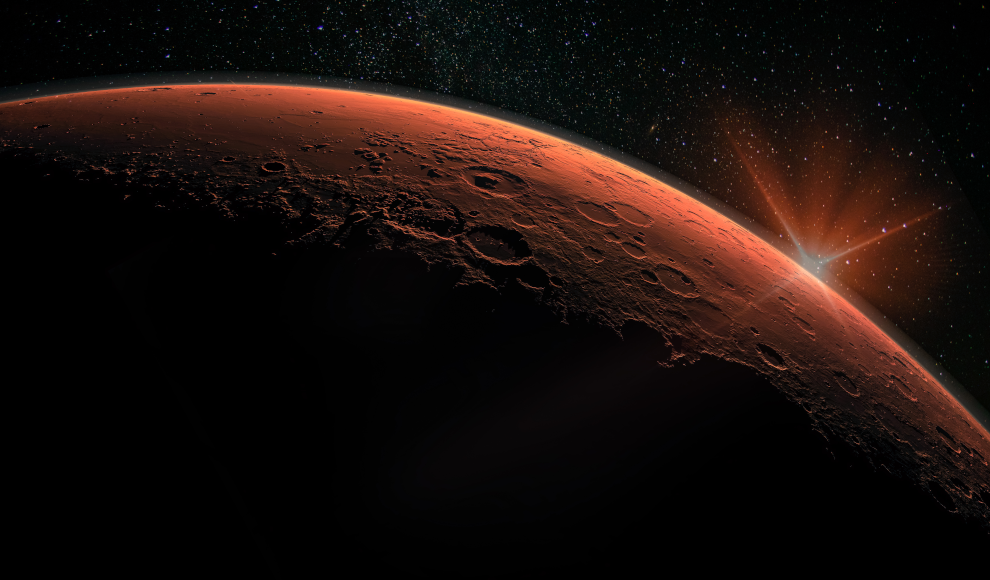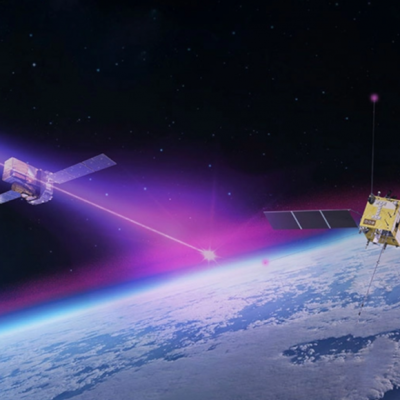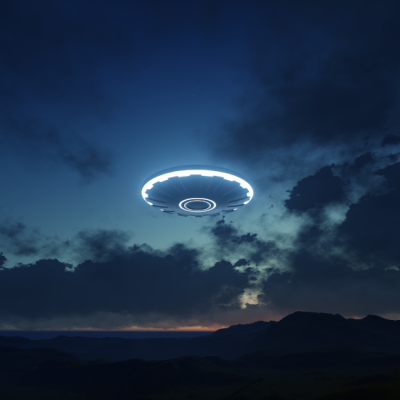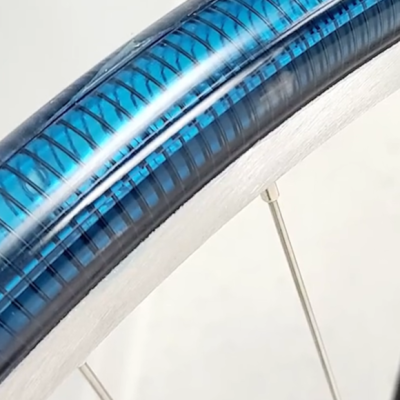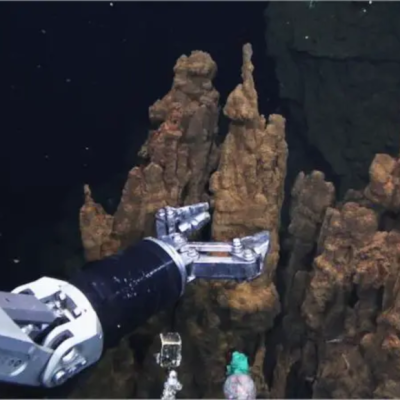NASA’s Viking 1 and Viking 2 spacecraft may have discovered signs of life on Mars during their 1976 missions, but inadvertently killed any potential life forms during their experiments. The spacecraft were equipped with instruments to detect organic compounds and investigate the possibility of life on the Red Planet. Analysis of the samples found traces of chlorinated organic compounds, which were dismissed as contamination from Earth. However, further experiments also found evidence of potential life on Mars, while other results were negative. Researchers from the Technical University of Berlin have suggested that the contradictory results may be due to the water treatment of the soil samples before analysis, which could have killed any potential Martian microbes.
During the Viking missions, scientists had limited knowledge of the Martian environment. Given the water-rich nature of Earth, it was assumed that adding water to the dry planet could reveal signs of life. However, there are microorganisms that can survive in extreme conditions, such as in salt rock, which absorb moisture from the surrounding air. If these specialized microbes were confronted with an excess of water, it could mean their demise. The Viking spacecraft landed in the equatorial region of Mars, where the soil is low in salt but rich in substances such as hydrogen peroxide and perchlorates, which can also draw water from the air. The spacecraft also observed fog on Mars, indicating 100% humidity, which could have allowed microbes to absorb moisture from the air, particularly in the morning and evening.
The gas chromatograph-mass spectrometer used to analyze the soil samples heated them before examination. If hypothetical Martian microbes had hydrogen peroxide in their cells, it would have been lethal for them. Additionally, the hydrogen peroxide could have reacted with organic molecules, producing large amounts of carbon dioxide, which is what the instrument detected. Later Mars missions, such as Curiosity and Perseverance, have found evidence of organic compounds on the planet, but it remains unclear whether they are of biological origin or the result of non-living chemical processes. Further exploration of the water-attracting salts in the Martian soil is recommended, particularly in regions such as the southern highlands, where life may have potentially survived in the salty layers near the surface.


